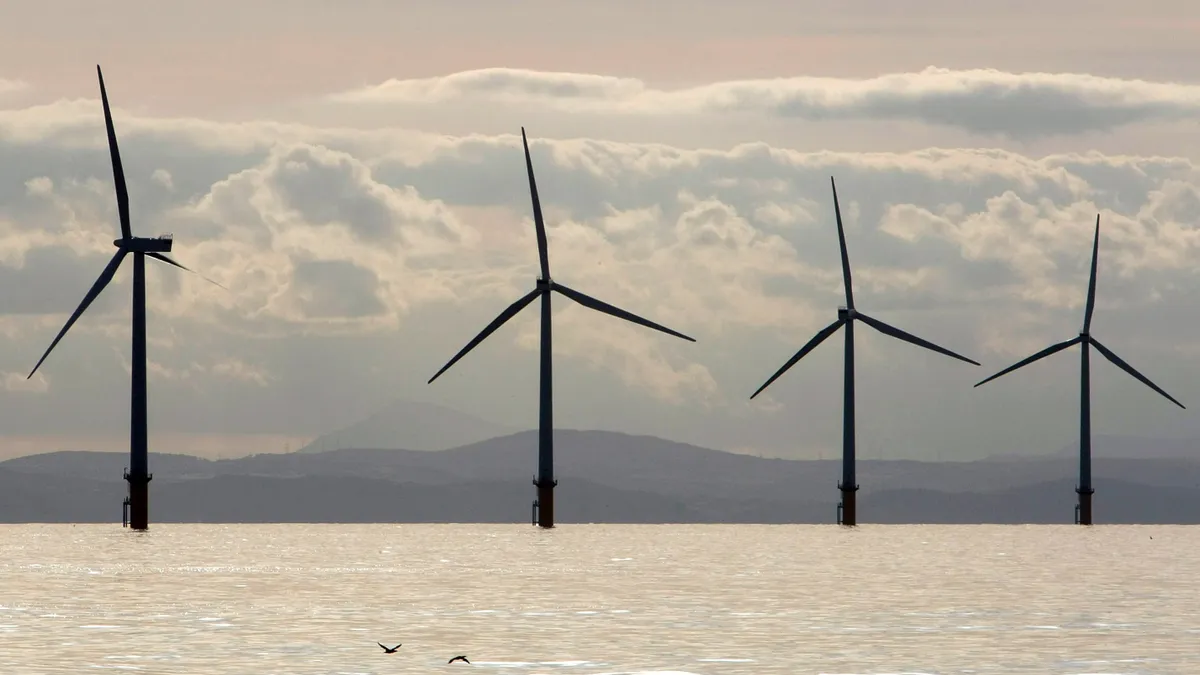Dive Brief:
-
The Biden administration views floating offshore wind as an opportunity to rapidly expand the offshore wind project pipeline, Robert Golden, a senior advisor for clean energy infrastructure to the White House, told attendees of DOE’s Floating Offshore Wind Shot Summit Thursday.
-
Floating offshore platforms could unlock new generation capacity off the coast of California, in the Gulf of Maine and in the Gulf of Mexico, Golden said.
-
Officials from those states cited a desire to improve local economic prospects and reduce carbon emissions as motivation for joining regional and national collaborations on floating offshore wind research and development.
Dive Insight:
Offshore wind could be a significant “prize” for states looking to advance their local economies and environmental goals, but achieving that potential will require coordinated efforts to unlock floating offshore wind technologies, Golden said during a Thursday morning keynote address.
The Biden administration hopes 15 GW of floating offshore wind are deployed in U.S. waters by 2035, he said. The recent offshore wind lease offerings in California, he said, represent a major step in that direction and additional leases will be available in Louisiana.
Each state has its own priorities even as officials coordinate with the Biden administration to make leases possible.
Maine, according to Gov. Janet Mills, is the most heating-oil dependent state in the nation. Deploying floating offshore wind in the Gulf of Maine, she said, could provide residents with cheaper, locally produced energy, but it could also affect industries and the state’s fisheries, she said.
Maine recently received environmental approval to build a floating research array to study the potential environmental impacts of floating offshore wind, as well as interactions with other industries, Mills said. She said the state looks forward to securing a lease for the array in the months to come.
For Louisiana, Gov. John Bel Edwards said floating offshore wind represents the potential to convert the state’s offshore oil and gas infrastructure to cleaner uses. Louisiana has some of the highest per capita carbon emissions in the country, he said, but hope to achieve net zero emissions by 2050. Edwards said state officials want to make Louisiana a hub for hydrogen production using clean energy from floating offshore wind projects.
California also believes that floating offshore wind is “both scaleable and necessary,” according to Dave Hochschild, chair of the California Energy Commission. Energy production in the state is already 65% clean, he said, but additional generation is needed to support growing demand created by the rapid adoption of electric vehicles.














